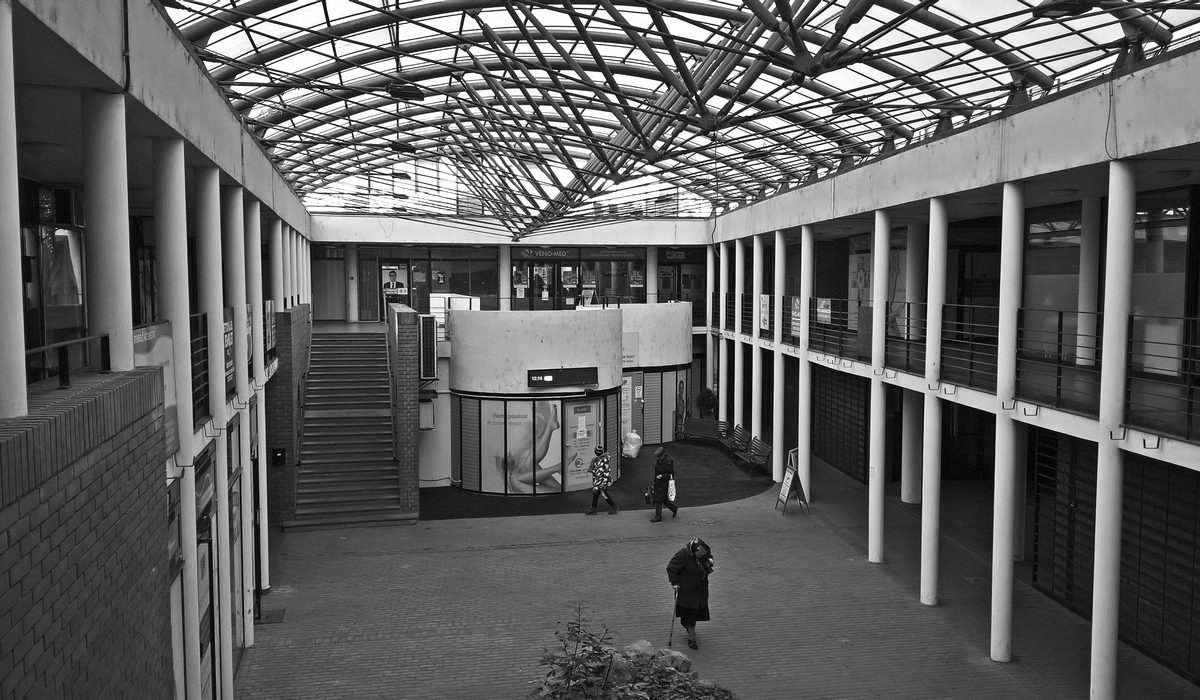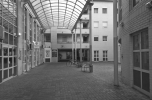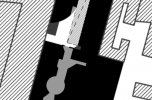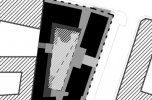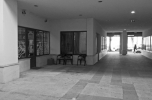Attraction and Repulsion
Torsos of passage houses in downtown Újpest
Text and photos: Anna Kornélia Losonczy, Melinda Benkő
Before 1950, when Újpest was integrated as District 4 of Greater Budapest, it had existed as one of the largest towns of the country dynamically developing owing to industrial growth. Its centrally positioned housing estate and the construction of the underground line No. 3 by 1980 provided a much more advantageous position for Újpest-Centre compared to other suburbs with similar functions. As a result, it has turned into one of the most significant target zones of privately financed multi-flat buildings projects after the change of the political system. Residential developments brought about large-scale changes in the neighborhood of the underground terminal, but the economic crisis curbed the momentum of growth. The boom in its wake and the scheme for the main square in progress facilitated the restart of privately financed projects. Projects realized in the first stage should be surveyed to come to conclusions and evaluate them so that residential buildings strengthening social cohesion could be built and more efficiently contribute to the development of the local centre.
